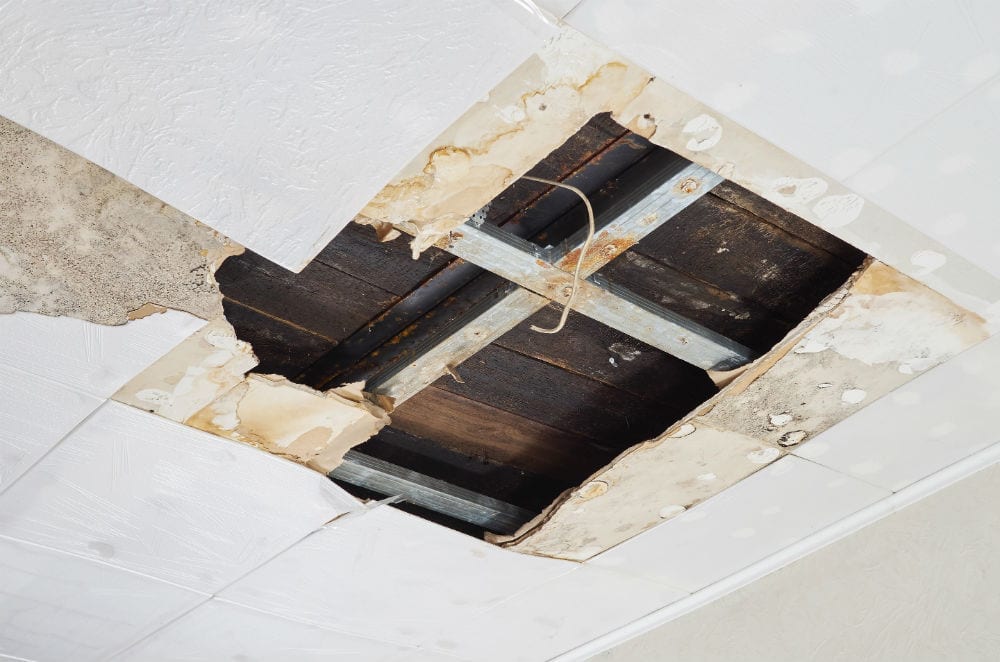Do's & Don'ts of Water Restoration.
Do's & Don'ts of Water Restoration.
Blog Article
The article following next involving Safety Tips To Prevent Fire And Water Damage is quite captivating. Don't miss it.

Water offers life, water invasion on parts where it's not expected to be can result in damage. It can peel off away surface areas as well as wear down the structure if the water soaks right into your structure. Mold and mildew and mildew additionally flourish in a moist environment, which can be dangerous for your health. Homes with water damage odor mildewy and also old.
Water can originate from lots of sources such as tropical cyclones, floods, ruptured pipelines, leakages, and drain problems. In case you experience water damage, it would be great to know some safety and security preventative measures. Here are a few standards on exactly how to handle water damage.
Do Prioritize Residence Insurance Policy Protection
Water damages from flood because of hefty winds is seasonal. Nevertheless, you can likewise experience an abrupt flooding when a faulty pipe suddenly bursts right into your house. It would certainly be best to have house insurance policy that covers both disasters such as all-natural tragedies, as well as emergency situations like damaged plumbing.
Don't Fail To Remember to Shut Off Utilities
In the event of a catastrophe, particularly if you stay in a flood-prone area, it would be a good idea to shut off the main electrical circuit. This cuts off power to your whole home, stopping electrical shocks when water can be found in as it is a conductor. In addition, don't fail to remember to turn off the primary water line valve. Furniture will move about and cause damage when floodwaters are high. Having the major shutoff turned off protects against further damage.
Do Stay Proactive and also Heed Weather Condition Notifies
Listen to discharge cautions if you live near a lake, creek, or river . Doing so reduces prospective residential property damage.
Do Not Neglect the Roofing System
You can stay clear of rainfall damages if there are no openings as well as leakages in your roofing system. This will protect against water from streaming down your walls and saturating your ceiling.
Do Take Notice Of Small Leaks
A ruptured pipeline doesn't happen over night. You might see gurgling paint, peeling wallpaper, water streaks, water spots, or leaking noises behind the walls. Have your plumbing fixed before it results in enormous damage.
Don't Panic in Case of a Burst Pipe
Keeping your presence of mind is vital in a time of crisis. Because it will suppress you from acting quick, stressing will only worsen the issue. Timing is key when it comes to water damage. The longer you wait, the more damage you can expect. Thus, if a pipe bursts in your residence, immediately turned off your primary water shutoff to remove the source. Unplug all electrical outlets in the location or transform off the circuit breaker for that part of the house. Ultimately, call a trustworthy water damages remediation expert for help.
Water offers life, water invasion on components where it's not supposed to be can result in damage. Residences with water damage smell old and stuffy.
Water damages from flooding charges to heavy winds is seasonal. You may see gurgling paint, peeling off wallpaper, water streaks, water spots, or leaking noises behind the walls. When it comes to water damages, timing is vital.
Some Do's & Don't When Dealing with a Water Damage
DO:
Make sure the water source has been eliminated. Contact a plumber if needed. Turn off circuit breakers supplying electricity to wet areas and unplug any electronics that are on wet carpet or surfaces Remove small furniture items Remove as much excess water as possible by mopping or blotting; Use WHITE towels to blot wet carpeting Wipe water from wooden furniture after removing anything on it Remove and prop up wet upholstery cushions for even drying (check for any bleeding) Pin up curtains or furniture skirts if needed Place aluminum foil, saucers or wood blocks between furniture legs and wet carpet Turn on air conditioning for maximum drying in winter and open windows in the summer Open any drawers and cabinets affected for complete drying but do not force them open Remove any valuable art objects or paintings to a safe, dry place Open any suitcases or luggage that may have been affected to dry, preferably in sunlight Hang any fur or leather goods to dry at room temperature Punch small holes in sagging ceilings to relieve trapped water (don't forget to place pans beneath!); however, if the ceiling is sagging extremely low, stay out of the room and we'll take care of it DO NOT:
Leave wet fabrics in place; dry them as soon as possible Leave books, magazines or any other colored items on wet carpets or floor Use your household vacuum to remove water Use TV's or other electronics/appliances while standing on wet carpets or floors; especially not on wet concrete floors Turn on ceiling fixtures if the ceiling is wet Turn your heat up, unless instructed otherwise

I am just very curious about 5 Home Safety Tips To Reduce The Risk Of Fire And Water Damage and I'm hoping you appreciated the entire blog post. Sharing is caring. You won't know, you could be doing someone a favor. We appreciate reading our article about Safety Tips To Prevent Fire And Water Damage.
Report this page